My favorite berries are blueberries (wild Alaskan ones of course!) and raspberries, but I have a special place in my heart for currants as well. Like many Americans, currants aren’t a mainstay. I first heard about currants from my grandma who lived in Anchorage. She was fanatic about them and currant jelly specifically. But I didn’t really appreciate them until later in life when I took a berry class from Dr. Pat Holloway. Importantly, I learned to identify them. This is an important first step in identifying any wild berry, particularly if there is a poisonous berry that is the similar color (there is and it is bane berry!). Wild currants can also be mistaken for high bush cranberries. Unlike high bush cranberries and lowbush cranberries which are too tart for me to want to eat fresh and high bush too seedy, I like fresh currants. I also like them made into syrup and jelly as well. You can make currant jam but it’s not easy! I prefer eating red currants fresh to black currants because their skin is much thicker. However, black currants have even higher antioxidant levels and vitamin C levels than red currants.
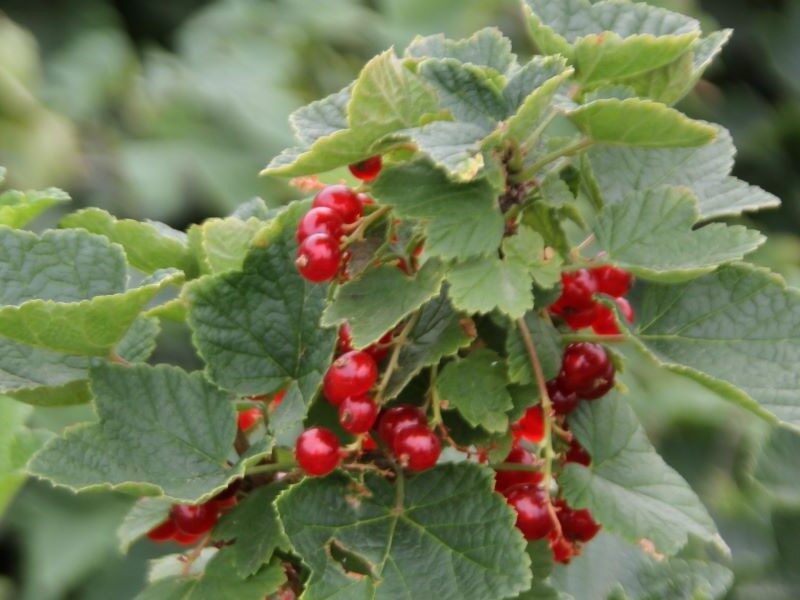
There are six species of black and red currants that are native to Alaska. Searching Ribes in plants.usda.gov via the Alaska State search will bring up all the species of Ribes in Alaska, including gooseberries. I’ve never seen them in quantity enough to pick many in the wild, but that may change along with the climate. In the wild, I find currants in the understory of forested areas, and so unlike many berries that prefer full sun, you can grow currants in partial shade.
There are dozens of varieties of currants that can be grown in gardens and on farms and come in a range of colors: black, red, golden, pink, and white. Many of these varieties or cultivars may never have been formally trialed in Alaska. Even if they were trialed at one point, those varieties may no longer be widely available for various reasons. and our winters may have warmed enough to allow other varieties to thrive. According to the Alaska Garden Helper, Fairbanks may be transitioning from a Zone 2b (1980-2009) to Zone 4a (2010-2039). It’s always a good idea to talk to local berry farmers or visit botanical gardens to see what berry plants and perennials do well.
Gooseberries are also in the Ribes genus and have somewhat similar cultural requirements to currants. They are spiny, which to me, makes them much less pleasant to grow and harvest. However, the size of their grape sized berries may convince me to grow them some day.
Choosing which Currant Cultivars to Grow
There are several important factors to consider when starting a currant patch and choosing which variety to grow, depending on what region of Alaska you live in, and the growing conditions there. Factors to consider are taste, productivity, cold hardiness, ripening period, and disease resistance.
Red currants, Jonkeer Van Tets, Red Lake, Rovada, Viking are widely available and Jonkeer Van Tets has been touted as one of the best tasting and productive varieties by nurseries and is also early to ripen. However, according to the Alaska Master Gardener Manual, it is not well suited to coastal Alaska. On the other hand, I have seen it recommended for Southeast Alaska elsewhere. I have seen Red Lake grown in Interior Alaska. Rovada and Viking have been recommended for Southeast Alaska. Alaska Berries in Kenai, Alaska recommends the Swedish Black currants as well as Red Lake and Holland Longbunch (red currant). I did not see that Holland Longbunch was widely available, however, Alaska Berries sells berry plants for pick-up at their farm.
For black currants, Swedish Black, Consort, and Crandall are widely available and have been recommended for Alaska in the past. Black September seems to be a popular, widely available variety as well but I have not seen any recommendations for this variety.
Aleya Brinkman with the Fairbanks Soil and Water Conservation District orders currants for the annual tree and shrub sale. They sold American Black Currants in 2018 and gardeners reported that they did well. Aleya has successfully overwintered Jonkheer Van Tets, Rolam, and Minnesota 52, but after several years they are just starting to produce.
On the Oregon Coast Oregon State University Extension recommends Ben Sarek and Titania for black currants as well as Cherry Red, Jonkeer Van Tets, Perfection, Red Lake, Rovada, Wilder for red currants. I always like to see what OSU recommends for varieties since the Pacific Northwest is one of the primary berry production regions in the nation and is likely able to formally trial many varieties which are not able to do in Alaska at this time.
Cornell University also provided some unbiased reviews of various currant cultivars, although it is over 10 years old.
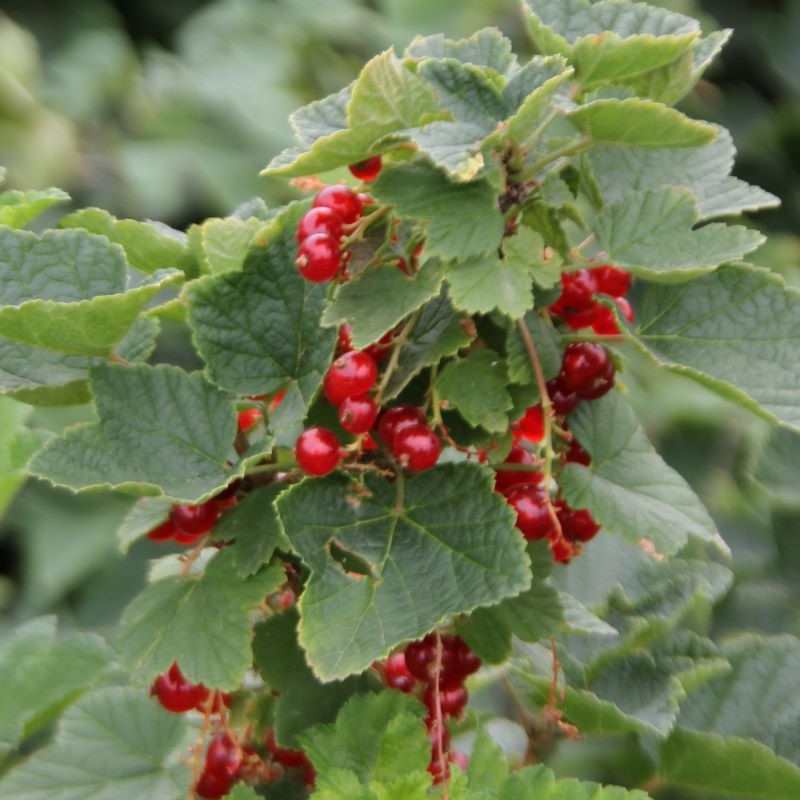
Tried and True, Widely Available Red Currants
- Jonkeer Van Tets
- Red Lake
- Rovada
- Viking
Red Currants Worth Trying if you Can Find them
- Holland Lungbunch
- Cherry Red
- Perfection
- Wilder
Tried and True, Widely Available Black Currants
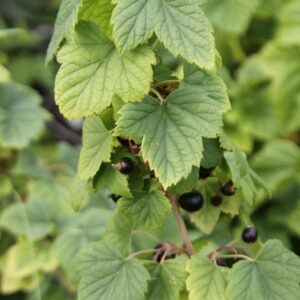
- Swedish Black
- Ben Sarek
- Consort
- Titania
Black Currants Worth Trying if you Can Find them
- Black September
- American Black Currant, native to a good portion of Canada and the lower 48 states and has done well in Fairbanks as well.
Where can you find currant plants?
Check nurseries in Alaska or locally in the spring for currant plants. Some nurseries in Alaska will ship plants. Bare root berry plants are often available at local soil and water conservation districts’ spring tree and shrub sale. Or order them online from a company that ships to Alaska like the following companies.
One Green World and Raintree Nursery offer more varieties of currants than Indiana Berry & Plant Company and Nourse Farms.
Growing Currants
Planting
It’s best to plant currants in the spring or fall. You’ll want to find a sunny spot, with perhaps some afternoon shade (particularly in areas of Alaska where it gets HOT like Fairbanks). Plan on spacing red currant plants about three to four feet apart in rows. Black currants should be spaced four to five feet apart, the rows planted at least seven feet apart. They prefer well-drained soil with plenty of organic matter. According to Oregon State University Extension, currants prefer a pH of 5.5-6.5. They recommend in year 1, fertilizing each plant with 0.5 ounce nitrogen, in year 2 fertilizing 0.5 ounce N per plant at bud swell in the spring, and more as needed, then fertilizing a little more in the third year, then in the fourth year, 0.5 ounce at bud break and 0.5 ounce in mid-late June. Mulching will also help the currant bushes. Mulch with wood chips or other organic matter.
Pruning
Pruning is essential to maximize production. Techniques will vary depending on how old your plant is as well as if you’re pruning red or black currants. Red currants produce most on 2 and 3 year old wood while black currants produce most of their fruit on 1 year old wood. For red currants, you’re shooting for 9 to 12 main canes and an equal mix of 1, 2, and 3 year old canes. For black currants your goal should be 10 to 12 canes per bush with half that are 1 year old shoots and the rest 2 to 3 year old canes. Anything older than 3 years old should be pruned as well as the weaker new growth. The ideal time to prune is early spring, while the plant is still dormant and when you can see what damage may have occurred over the winter. Here is an illustrated guide to pruning red currants. You’ll also want to prune right after planting currants—down to 1 inch. How do you tell how old the wood is? New growth is pale tan, 2 year old wood is gray, and older wood is blackish.
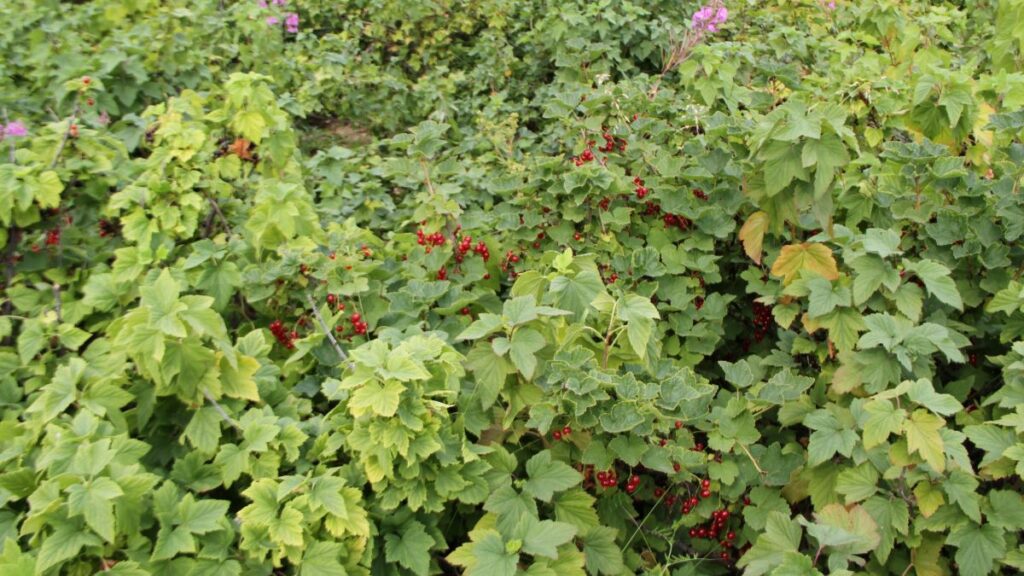
Harvesting
Currants mature in late July or early August in Alaska. Berries will turn red and translucent. Your currant bush will start creating berries a year after planting, but will continue to produce larger harvest each year. Prune old canes once their production decreases. In Alaska, plan on harvesting your currants in late July or early August. For red currants, you can harvest the entire bunch (also called strig or truss) of currants and strip the currants off the stems when you plan to eat or preserve them. You can harvest black currants individually.
Pests and Disease
Powdery mildew and currant sawflies are probably the biggest pests in Alaska. You can use an insecticidal soap to control the sawflies. Giving your plants adequate space and planting on a slope with help with airflow and minimize the powdery mildew. You can get help identifying a disease or insect here.
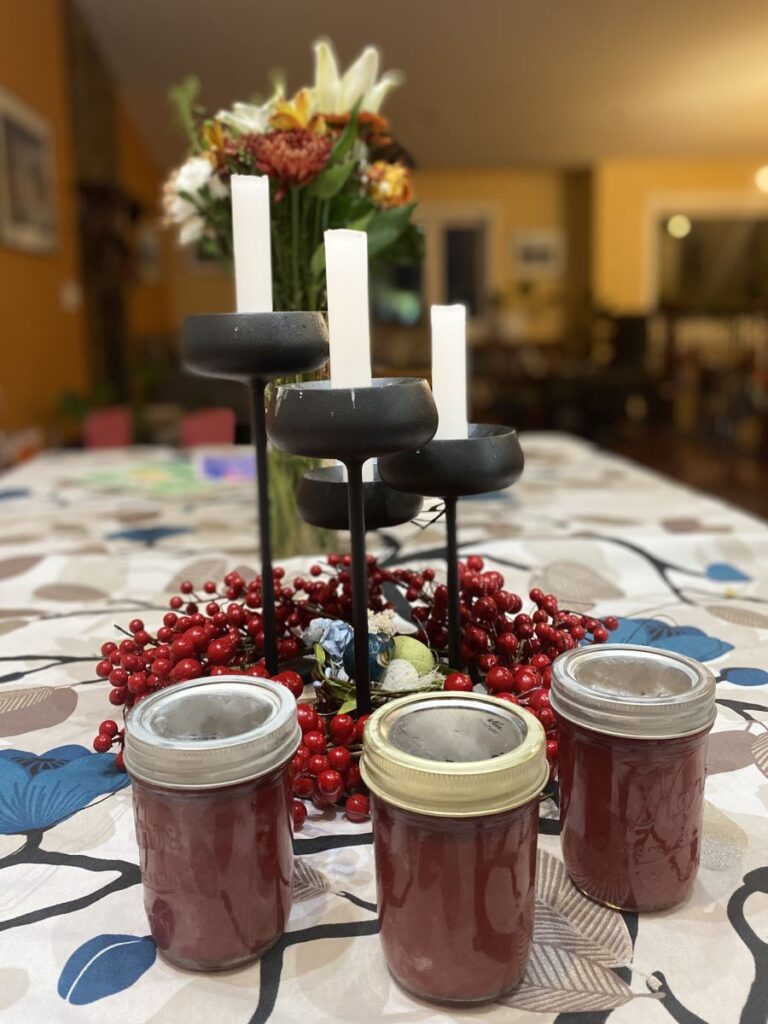
Eating and Cooking with Currants
One of my favorite ways to use currants is in a mixed red berry syrup. I pick high bush cranberries, rose hips, and currants and mix them together for a lightly sweetened syrup.
This scone recipe, is delicious. It calls for dried currants, but I’m sure fresh would work just fine too. You may have more luck finding currants in European or Scandinavian cookbooks and blogs than American ones.
Question: What varieties of currants have you successfully grown in Alaska? Please comment and include your USDA Growing Zone, location, and currant variety you are growing and a rating from 1-5.